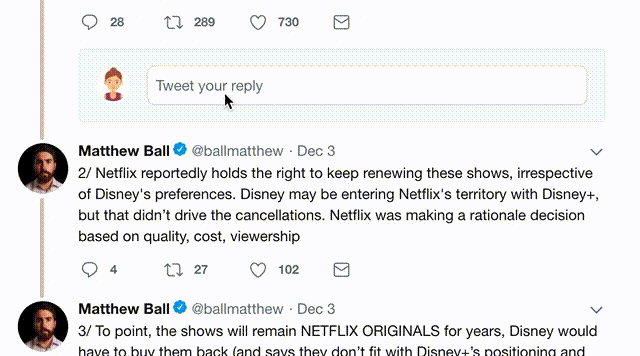dev.biologists.org/content/141/8/…
biorxiv.org/content/10.110…
frontiersin.org/articles/10.33…
ncbi.nlm.nih.gov/pmc/articles/P…
ncbi.nlm.nih.gov/pmc/articles/P…
intechopen.com/books/gerontol…
Mostly on thymic regeneration.
My impression is that targeting FOXN1 may be the most direct method-- perhaps using a fragment peptide binding to whichever relevant promoter region(s) are determined to be most important.
Needs more study.
FOXN1 downregulates members of the protein kinase C family to suppress thymic epithelial cell apoptosis, but inhibiting PKCs affects other organ systems.
Rb1 inhibition boosts FOXN1 but likewise has effects elsewhere. Rb1 is a tumor suppressor.
Nude mice are FOXN1 null.
It is interesting that there is a decline in both thymic and hair/nail integrity and function with age.
pnas.org/content/110/30…
FoxN1 binds ACGC, the 'FHL motif,' but so does e.g. FoxN4.
Cofactors are involved. FoxN1 emulation per se may be an impractical approach.




Example from FOXO3:
ncbi.nlm.nih.gov/pmc/articles/P…
Then again, this article does imply at least some degree of intrinsic specificity across the varying binding sequences of different FOX TFs.




onlinelibrary.wiley.com/doi/epdf/10.11…
Note BMP proteins are upstream, e.g. BMPr1a knockout severely downregulates FoxN1.
Paper discusses routes around FoxN1 for hair, but this is tangential.




frontiersin.org/articles/10.33…
Other notes:
- corticosteroids promote apoptosis in the thymus
- PPAR-gamma (fenofibrate, telmisartan) promotes thymic adiposity


ncbi.nlm.nih.gov/pmc/articles/P…
The adverse effects of corticosteroids on the thymus are suspected of arising from PPAR-gamma activity.




sciencedirect.com/topics/neurosc…

hindawi.com/journals/jir/2…
GH (ill-targeted):
journals.plos.org/plosone/articl…
Fibroblast growth factor receptor 3 (ill-targeted):
ncbi.nlm.nih.gov/pmc/articles/P…
Keratinocyte growth factor (likewise):
ncbi.nlm.nih.gov/pmc/articles/P…




This required a transgenic approach, though:
ncbi.nlm.nih.gov/pmc/articles/P…
Hypothetically could be done ex vivo, but costs would be high and approval unknown.



jimmunol.org/content/195/12…
Off target at skin/hair/lung:
en.wikipedia.org/wiki/FGF7
Protects in lung injury, but reversible epithelial barrier disruption if used 7-14 days:
tandfonline.com/doi/abs/10.108…
May limit to local use, difficult site.




pubmed.ncbi.nlm.nih.gov/20937878/
However, it would turn anything it touches into a thymus.
Presumably would still require site use.




Off-target effects are limited and possibly beneficial.
nature.com/articles/s4159….
Fgf21 apparently delays thymic involution and immunosenescence in mice.
ncbi.nlm.nih.gov/pmc/articles/P…




ncbi.nlm.nih.gov/pmc/articles/P…
Mechanism is upstream of IL-7. Effects were larger in older mice, lasted a few months, and were quite repeatable.




Fgf10 may prevent pulmonary fibrosis after lung injury:
europepmc.org/article/pmc/pm…
I have not seen any thymus studies in vivo using it.

nature.com/articles/nbt12…
Some also promote neurite outgrowth:
pubmed.ncbi.nlm.nih.gov/19634127/
Here is a short peptide that closely emulates Fgf21 (!):
sciencedirect.com/science/articl…
F91-8A07: LPGRTCREYPDLWWVRCY
en.wikipedia.org/wiki/Palifermin
sciencedirect.com/topics/veterin…
It has an evident effect.
Sequence is still a bit long.


























